Why are we obsessed with charging speeds?

[ad_1]
Android & Chill

One of the web’s longest-running tech columns, Android & Chill is your Saturday discussion of Android, Google, and all things tech.
Think about a phone that you know is coming but hasn’t been announced just yet. Whether you’re thinking of the Pixel 10, the Z Fold 7, or any other phone, one of the specifications you’ll see people asking about is how fast it charges. Why?
The obvious answer is so we get more use out of it. We all know the battery isn’t going to last the promised amount of time because it never does, and to keep using the phone we’re going to need to charge the battery. If we can do that faster, we’re able to do more.
But the real answer isn’t as simple: it’s the only way phone makers can address the problem right now. Monkeying around with a smarter charging circuit is easier — and cheaper — than fixing the root cause: we need batteries to get “better.”
That means what you think it means and what you probably aren’t thinking of. Ideally, a phone manufacturer would find a way to build a device that looks good, is waterproof, and has a way to easily change the battery when it goes dead. That’s never going to happen, and maybe it shouldn’t — sealed “soft” batteries are safer and have higher capacity than older hard and removable batteries.
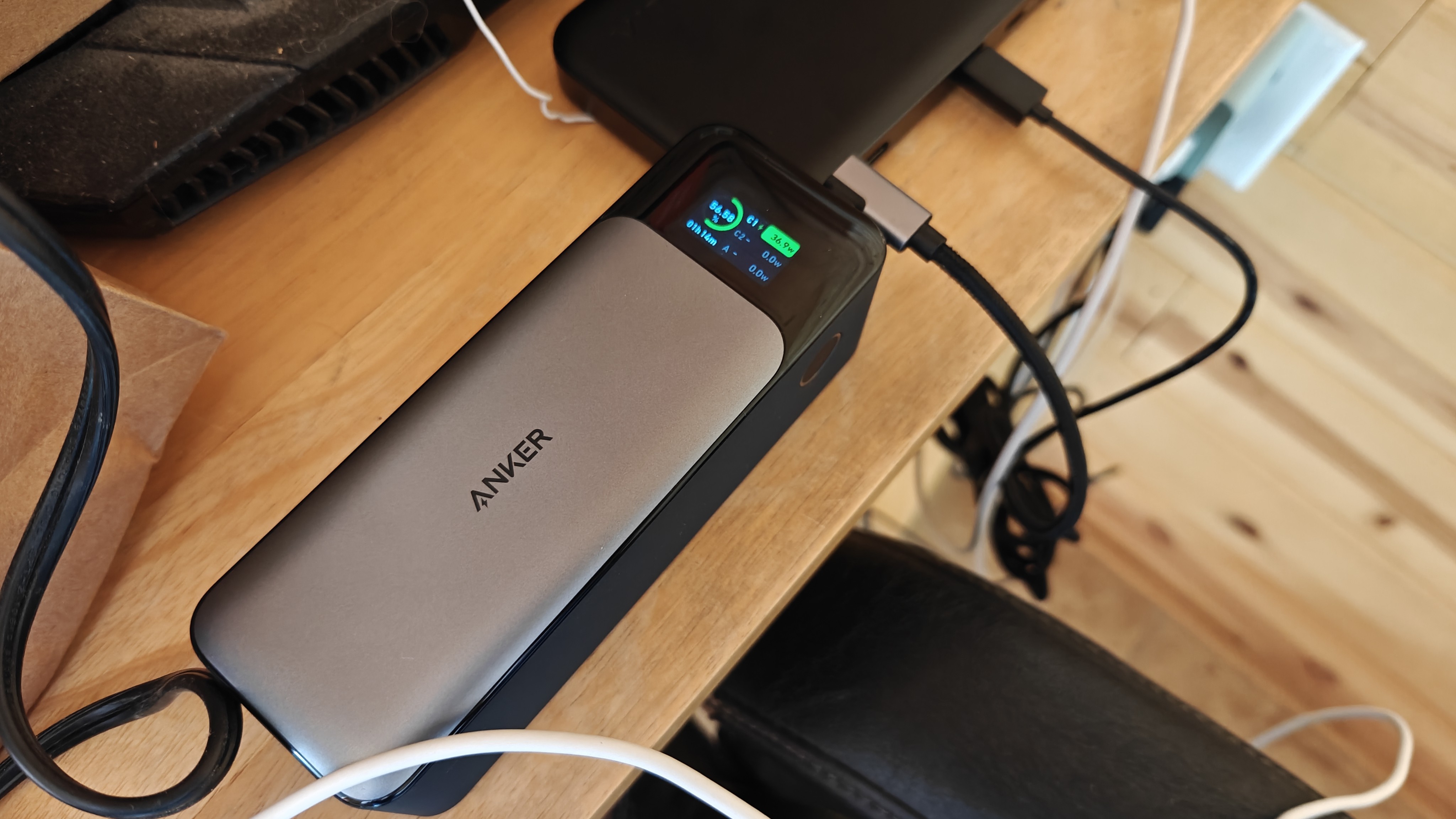
The next best solution would be a battery that’s simply a lot bigger. We see these unicorn devices every once in a while, packing a battery that’s big enough to last all day for everyone. Those devices are also usually thicker, so they’re not proposed as the most premium flagship design from the manufacturer. Maybe they should be.
Finally, you have the battery technology itself. The types of batteries used in most phones today are designed to be high capacity compared to their small size, charge quickly, and are relatively long-lasting. They’re good — way better than older stuff, and if you’ve been using battery-powered devices for a long time, you know it firsthand. But technology has improved, and it’s possible to build a battery that’s a lot better in the ways that matter. It’s also more expensive.
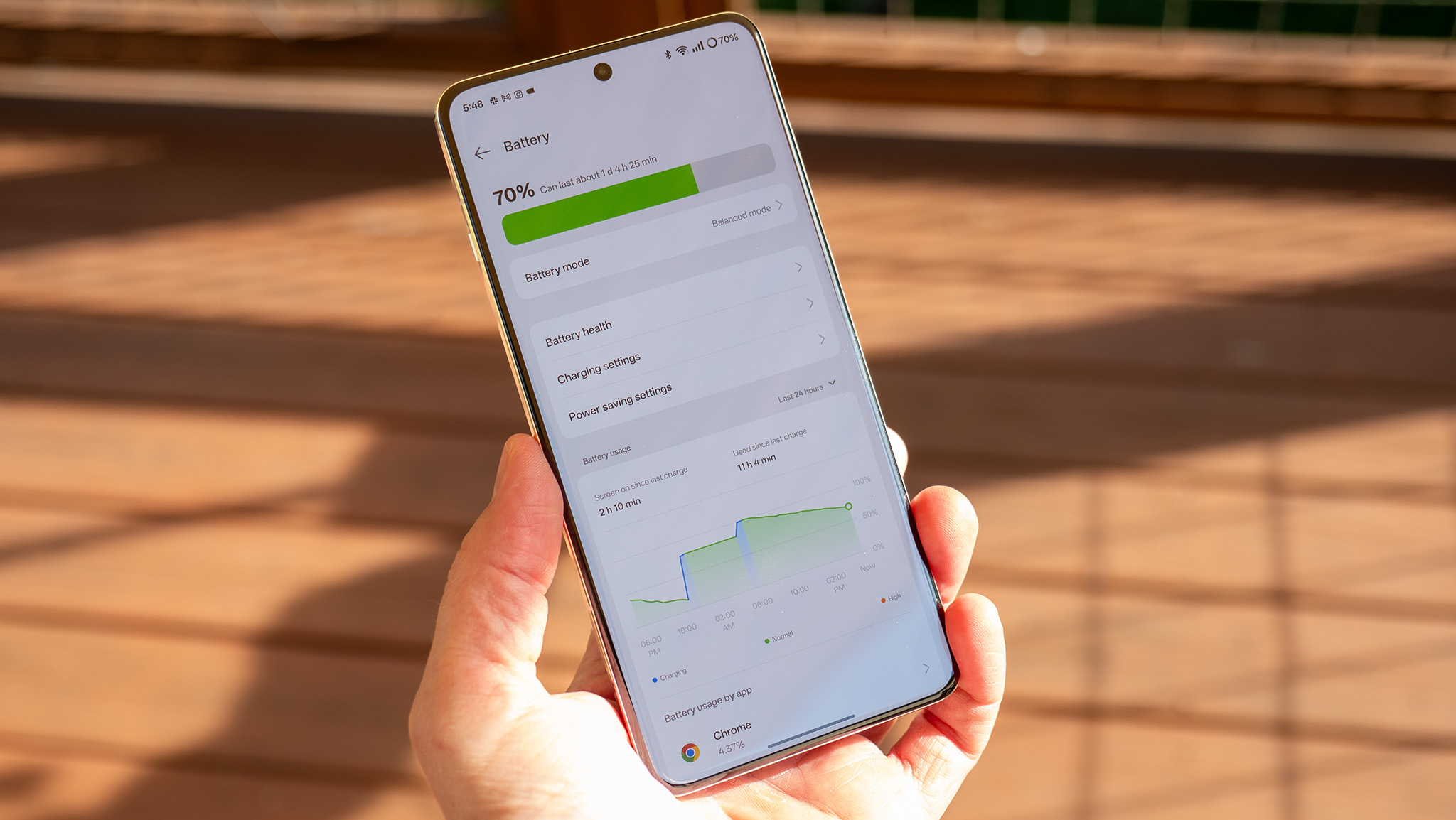
The easy fix comes from companies that spend a little money to find ways to charge faster while still being safe. Thankfully, people haven’t stopped looking into better ways to fix it all.
Developing better ways to manage power consumption and optimize charging is part of that. Faster charging is a good thing as long as the side effects (battery degradation and efficiency) are hit too hard. Current battery technology is also something companies are fiddling with, altering the liquid used inside of them and the materials used for the anode and cathode, and this can help.
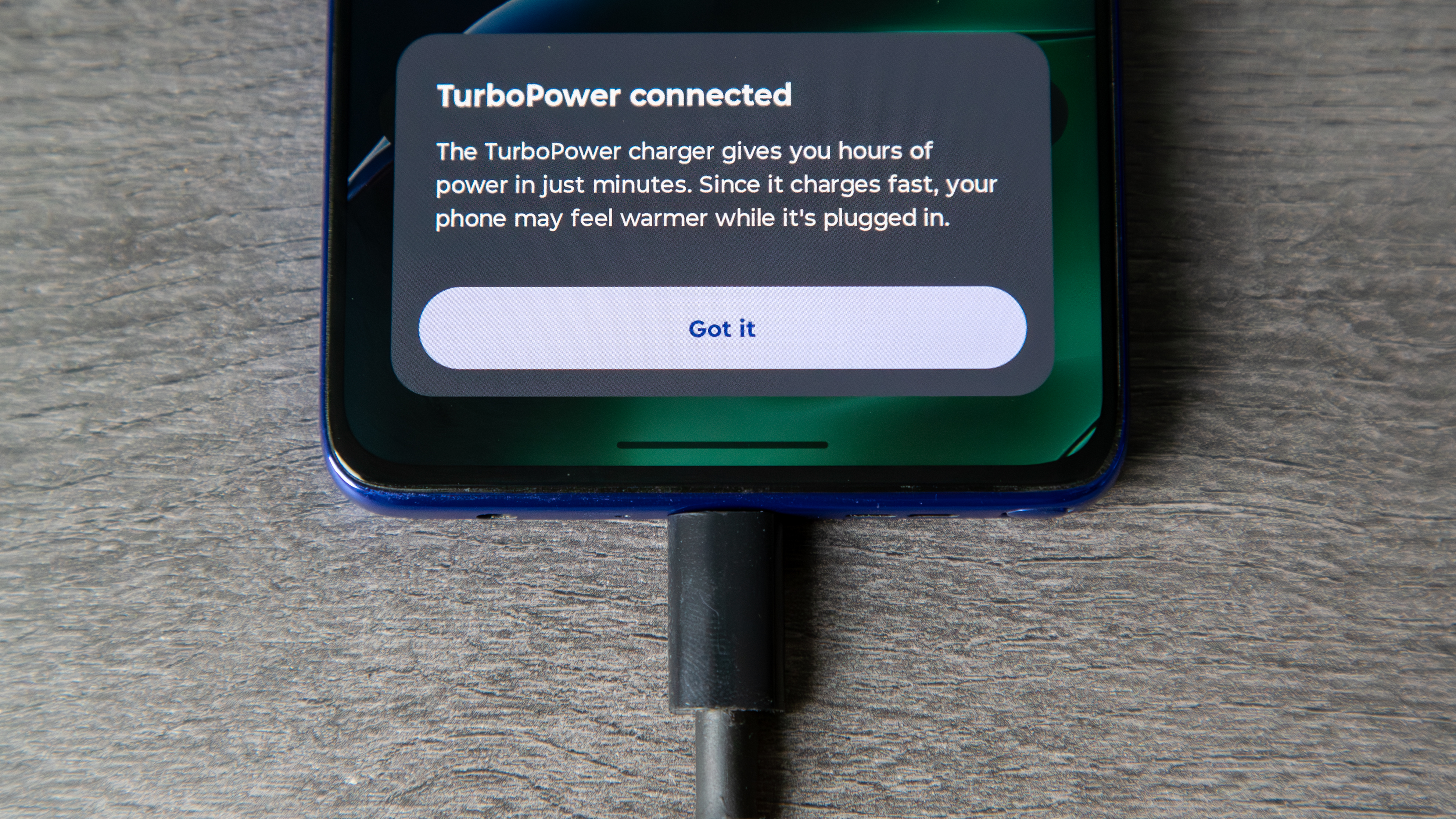
Batteries in 2025 are a lot better than they were in 2015. That’s good because the devices are also a lot more power-hungry than they were in 2015. But it does create a situation where it seems like battery development is stagnant. If you develop a battery that has double the density (ability to store a set amount of power), you can cut its size in half to get the same result. Companies don’t want to build a phone that’s a brick, and a battery that’s physically smaller makes that easier.
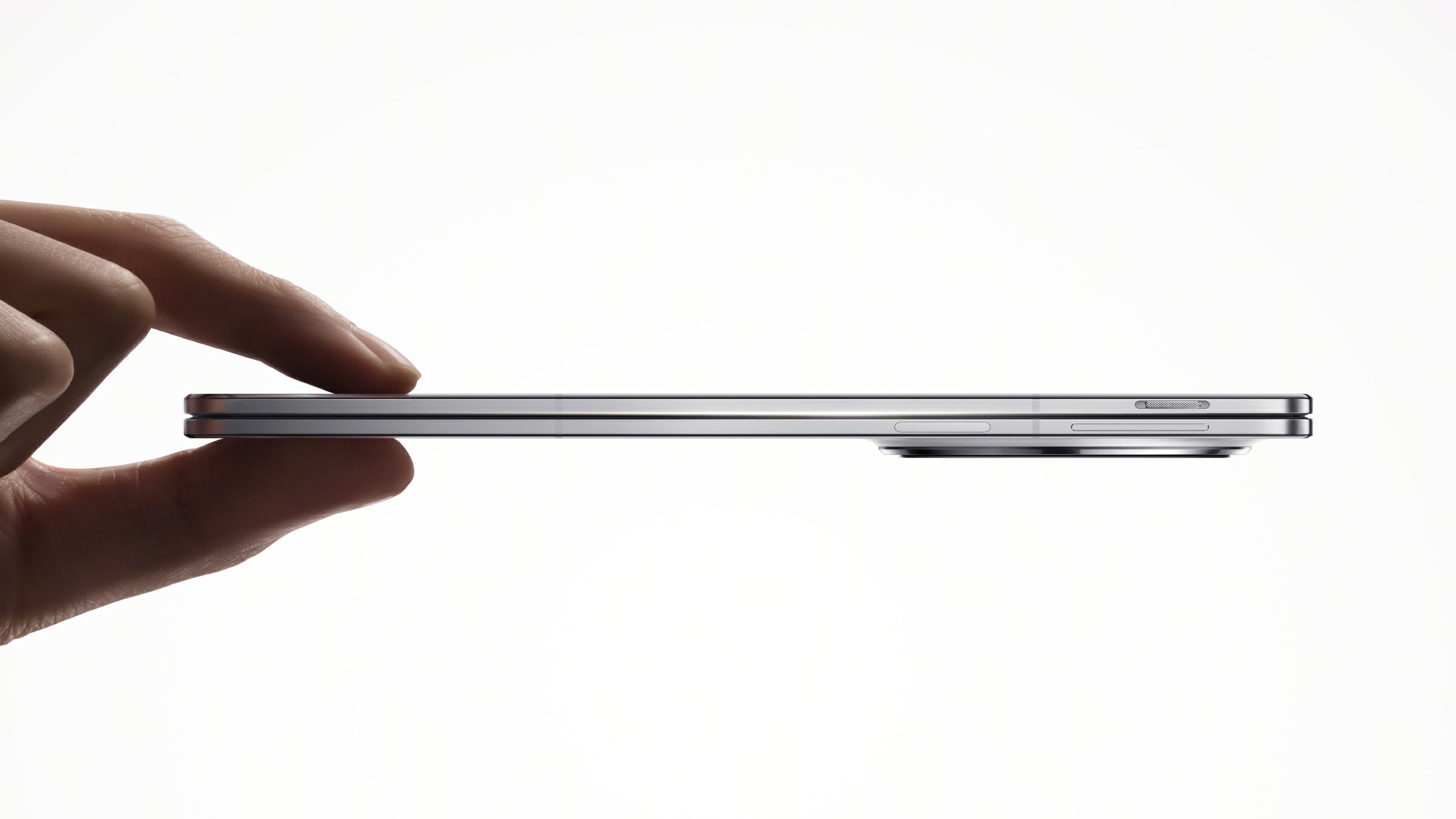
One day, a company will build mainstream consumer devices that use something different. It might be a graphene-based battery, or use sodium instead of lithium, or even a solid-state battery. There are even companies exploring the use of nuclear power to build a battery that lasts 50 years once it’s charged.
I am fascinated by all this, and I love to nerd out reading about advances in battery density and efficiency. I can’t wait until we see technology like solid-state battery development for small devices that makes our current tech look terrible in comparison.
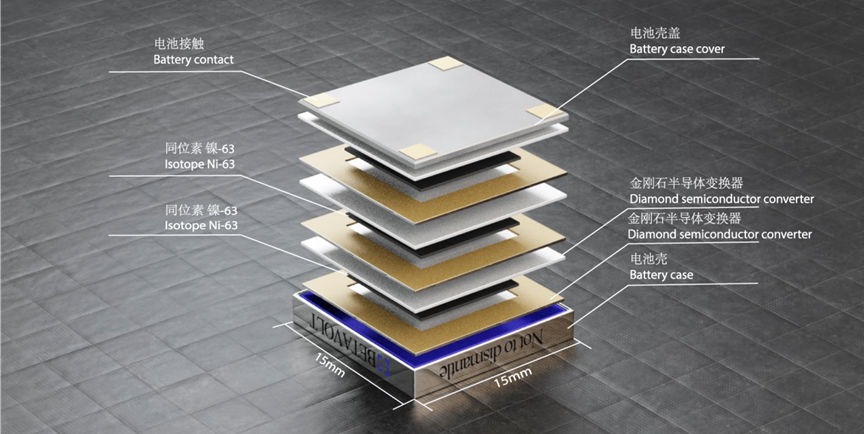
I also know that none of us wants to pay even more for a phone. They are already expensive, with some models hitting that $2,000 price point, so adding another $100 because of the R&D costs of a new battery type will never fly.
Unfortunately, faster charging is the best solution we have right now. It won’t always be that way because EV companies will usher in some sort of new battery tech that lasts longer and isn’t cost-prohibitive. Until then, we want to spend less time with a cord hanging off the end of our phone, so faster charging speeds are what we get.
As long as everything is done in a way that’s safe, this isn’t a problem, though in the long run, it does shorten the lifespan of the battery itself.
[ad_2]
Source link









